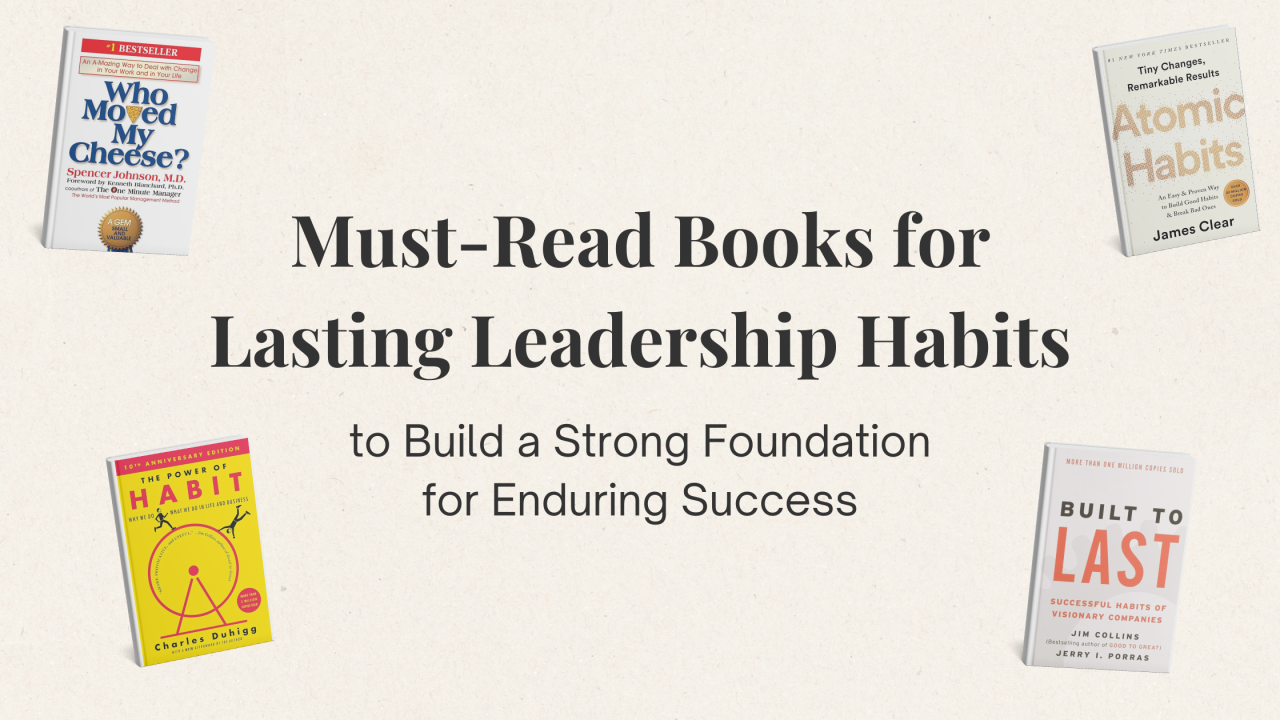Greg McDonough is a managing partner at Blackburn Capital. He works with businesses and organizations ranging in size from early-stage startups to $100 million enterprises. He has successfully led companies through turnarounds, mergers, acquisitions, and other significant events. Whether a business is struggling to survive, or striving to grow effectively and efficiently, Greg has tools and expertise that assures the process goes smoothly. He meticulously examines and assesses a company’s financials and operations to help pave the way for success.
Clients open their books to Greg because he helps them strategize to create positive outcomes. In addition, he assists with rigorously refining data to enhance accuracy, which forms a more comprehensive financial picture of the business to cultivate next-level growth.
As a seasoned entrepreneur himself, Greg has an extensive understanding of the challenges inherent in owning a business. He also has firsthand knowledge of what it takes to guide a company through a tough turnaround. He led his previous company, EEI Communications, through the Chapter 11 bankruptcy process. This experience demonstrated the importance of removing emotion from the situation when hard decisions must be made. That’s not an easy feat for business owners who have poured their heart and soul into building a company.
Greg took the lessons he learned and channeled them into learning more about the bankruptcy process by becoming a certified insolvency and restructuring advisor (CRA) so he could help other entrepreneurs facing similar situations. He shared his experiences in a book he wrote titled The Turnaround (2017). He is the president of the Washington, DC chapter of the Entrepreneurs’ Organization (EO), a role that gives him the opportunity to work with hundreds of business owners growing their companies.
About The Client
When the pandemic seized hold, it threw the business world into chaos. Depending on the products and services they offered, some companies thrived, while others faced unprecedented obstacles that threatened their survival.
Emma’s business was in the latter category. The pandemic decimated her revenue stream. Her 13-year-old company provides applied behavioral analysis services to children with autism. Before Covid, her business was flourishing. She had from 40 to 45 employees offering 500 hours of services per week to her clients. But her staff visits people at their homes, and many of the families she serves are multigenerational households where grandparents who are vulnerable to the virus are living with their children and grandchildren. Fear of getting sick caused people to close their homes to everyone but family members. This essentially turned their dwellings into makeshift isolation units. Demand for Emma’s services plummeted to just 240 hours per week.
Emma faced significant obstacles to providing care, but she didn’t give up. Instead, she pivoted. She started building the business back up again, creating a program that transformed homes into learning pods comprised of five kids in each. Safety protocols were put into place so families would feel safe. Air filtering machines were installed in each pod, and every individual brought their own art supplies. Employees received a stipend to shuttle to these homes using taxis so they wouldn’t have to risk their health riding on public transportation.
By August 2021, Emma’s business had hit an all-time high. Schools were closed for the entire 2020/2021 school year, but Emma’s program was still operating. This was a godsend for parents who wanted their children to get the assistance they needed to live happy, productive lives. Emma’s company had 45 staff providing 600 hours of service per week.
Then September descended, and schools reopened. Teaching was no longer remote, and suddenly Emma’s business had to compete with schools for employees. Staffing challenges became overwhelming, and her weekly hours plunged to 240 hours being provided by 30 employees.
Shifting Staff
Emma still had a strong surge of clients coming in, but now she had to grapple with staff shortages. Her people in the field worked with children one-on-one, and during Covid they provided services for two kids per day: one child in the morning and one in the afternoon. When schools went back into full service, all of Emma’s employees were moved to just one shift in the late afternoon after school ended each day.
Emma couldn’t offer full-time hours anymore, so that meant her therapists would have to land a second job. Many quit and left the field entirely because they didn’t want to hold down two jobs. Some people died, while others moved on or retired early because they didn’t want to get sick. To top it off, her staff wasn’t immune to the depression and anxiety that mental health experts report is plaguing a large sector of society as we slowly and painfully emerge from a pandemic that has lasted longer than most people ever thought it ever would.
Emma wasn’t the only person dealing with this phenomenon. This was a nationwide problem her industry was facing. She was spending a huge chunk of her time recruiting, hiring and training new employees, and the staff who in administration and supervision roles were working a case load three times the optimal size. She was putting existing clients on pause. New clients were placed on a wait list. Meanwhile, she was hemorrhaging cash.
When Business Turns Personal
Emma’s business problems began to bleed into her personal life. Staying on top of the business wasn’t leaving her much time to spend with her own children. She was going through a divorce, which meant she had to do some retooling such as refinancing her house and buying a new car. But the business was showing a loss, so she couldn’t qualify for loans. She was faced with the prospect of maxing out her line of credit just to make the next three payrolls. Still, she was holding out hope that things would get better. She had spent the previous two years focused on keeping people employed rather than making a profit, and now she was in danger of losing her family home. It was a bleak picture. Something had to change.
Navigating Through Red Tape
Emma had worked with Greg before. He assisted her with receiving the employee retention tax credit (ERTC) for her business, a federal government program that was enacted during the pandemic. It allows employers to receive a rebate on a portion of their payroll taxes. Greg also assisted her with the loan forgiveness paperwork for the Small Business Administration’s Paycheck Protection Program (PPP). Both programs fall under the CARES Act.
Greg had skillfully handled the financial submissions required for both the ERTC and the PPP, so he was a natural choice for Emma to consult for advice and guidance as she fought to navigate her business out of turbulent and troubled waters.
Greg reviewed the financials along with the company’s processes and procedures. They worked together as a team to formulate a plan. Greg devised an outline of steps to take, while Emma filled in additional details. She was locked into several contracts that she worried would be impossible to escape, but Greg helped her negotiate favorable exits.
The changes to the business were dramatic. In April 2022, the company downsized from 22 employees to six people providing 100 hours of service. People that Emma had battled so hard to keep on the payroll were laid off. It was emotional and gut-wrenching – some of them had worked for her for as long as seven or eight years. But because of his own experiences, Greg had learned how crucial it was to take the emotion out of a restructuring situation. He coached her through it, encouraging Emma and reassuring her that things would get better. She also had a strong human resources person supporting her through the process, and she had the buy-in from key leaders in her organization.
Greg added a new perspective as an outsider while offering support that helped Emma make the hard decisions. She was comforted by the fact that she had kept people on the payroll during the height of Covid when jobs were scarce, and now the market had improved for her former employees, so they were in high demand.
Fresh Beginning
After the layoffs, Emma’s financial situation started turning around immediately. The business that emerged was smaller, but it was profitable. She dropped down to her core consistent staff, a small enough number that she could supervise them herself. She also started handling the administrative work, which she hadn’t done for 12 years, and that was an adjustment. But she was making money, and soon paid off her credit cards. Most importantly, she began picking her kids up from school again because she wasn’t required to spend so much time in meetings anymore.
Emma is making productive use of her time now that she isn’t battling to manage a large payroll. She has branched out her business in other directions. She is conducting training on trauma-informed applied behavioral analysis, and has written a manual sharing her expertise to help others in her field. She is accepting keynote speaking engagements at conferences. She has also created a webinar to walk other entrepreneurs through the steps on how to downsize a business like hers.
Throughout the year and a half she has worked with Greg on business matters, Emma made significant changes to her company, and to her personal life. The experience has taught her many lessons. One of them is that you can’t always plan for every circumstance. Previously, she had always been what she calls a “super planner” – meticulously planning everything 10 years in advance. Today she’s more flexible. She has learned that she can’t predict every eventuality that will come her way, but she can adapt and survive.




